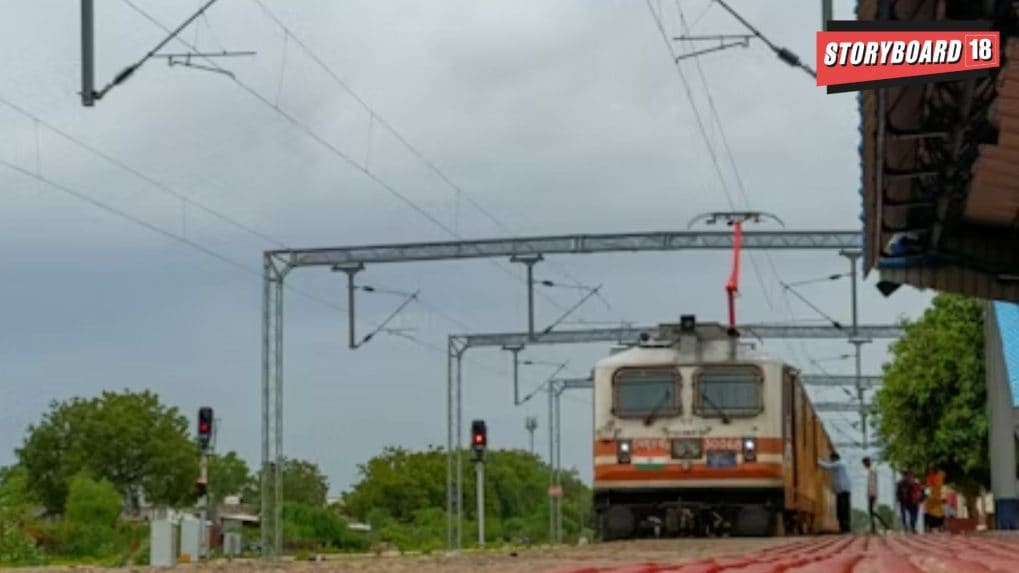106 mn sq ft realty development potential around stations: CBRE
The report - “Billions in Transit: Assessing the Impact of Transit Oriented Development on Indian Cities” - noted that Delhi-NCR leads with 32 million sq. ft. of scope, aided by its rapidly growing metro corridors, inter-state bus terminals and city railway stations.
ADVERTISEMENT
Metro stations, bus depots and railway hubs are fast emerging as the next big centres of real estate growth in India, with development potential pegged at 106 million sq. ft. across the country’s eight largest cities, property consultancy CBRE said in a new report.
The report - “Billions in Transit: Assessing the Impact of Transit Oriented Development on Indian Cities” - noted that Delhi-NCR leads with 32 million sq. ft. of scope, aided by its rapidly growing metro corridors, inter-state bus terminals and city railway stations.
Mumbai ranks second with 20 million sq. ft., followed by Chennai at 13 million sq. ft. Other cities with sizeable capacity include Kolkata (12 mn. sq. ft.), Bengaluru (11 mn. sq. ft.), Hyderabad (10 mn. sq. ft.), Ahmedabad (4 mn. sq. ft.) and Pune (4 mn. sq. ft.). Transit Oriented Development (TOD) involves creating residential, commercial, retail and leisure spaces around high-traffic transport points, with facilities for walking, cycling and smooth integration with multiple modes of travel.
Among the prominent locations, CBRE flagged Dwarka ISBT, Aerocity ISBT and Jewar Airport in NCR; Bandra, Dadar and CST in Mumbai; and Chennai Airport and Peripheral Ring Road as having strong TOD-linked potential.
Anshuman Magazine, chairman and chief executive officer - India, South-East Asia, Middle East & Africa, CBRE, said, “TOD paves the way for vibrant, mixed-use communities that are not only commercially viable but also sustainable and livable. As metro networks and transport hubs continue to expand across urban India, TOD will play a pivotal role in shaping inclusive, accessible, and future-ready cities. To fully realize this potential, however, challenges around land acquisition, financing, skill availability, and outdated land-use regulations need to be systematically addressed.”
Ram Chandnani, managing director, leasing services, CBRE India, added that TOD is becoming a “game-changer for India’s urban development story” and creates a “win-win” for developers, homebuyers, retailers and logistics players alike.
In fact, the National TOD Policy and initiatives such as the Smart Cities Mission are providing a robust framework for compact urban growth, sustainable mobility, and higher FAR incentives across the country. Additionally, states such as Maharashtra, Delhi, Haryana, and Uttar Pradesh have introduced their own TOD policies.
The report further suggested steps such as unified transport authorities, relaxed zoning norms, stricter parking rules, land-value capture mechanisms and recurring revenue models to fund and sustain transit systems.
Read More: Bright Outdoor acquires exclusive OOH media rights for Navi Mumbai Metro 1

